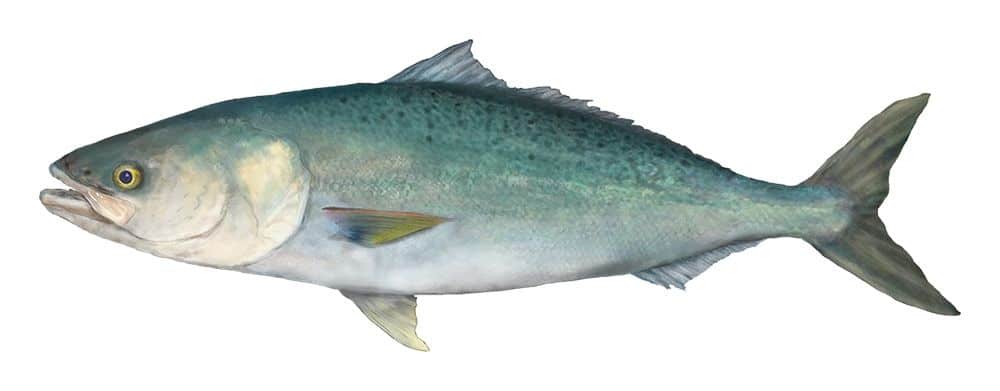Australian salmon are some of the most sought-after fish for recreational fishing. The western species (Arripis Truttaceous) can grow over 19.8 lbs (9 kg), and the eastern species can reach 20.7 lbs (9.4 kg). Although they respond best to fresh bait, Australian salmon will everything from young crustaceans and bristle worms to baitfish, so you can also use lures.
The best lures for Australian salmon are spinners, soft plastics, and silver metal lures. Spinners, in particular, get a great reaction from Australian salmon. You can also use poppers or flies to assist you in your catch since Australian salmon are not particular about what they eat.
In the rest of this article, I’ll explain which types of lures are best and how they work. So let’s dive in!
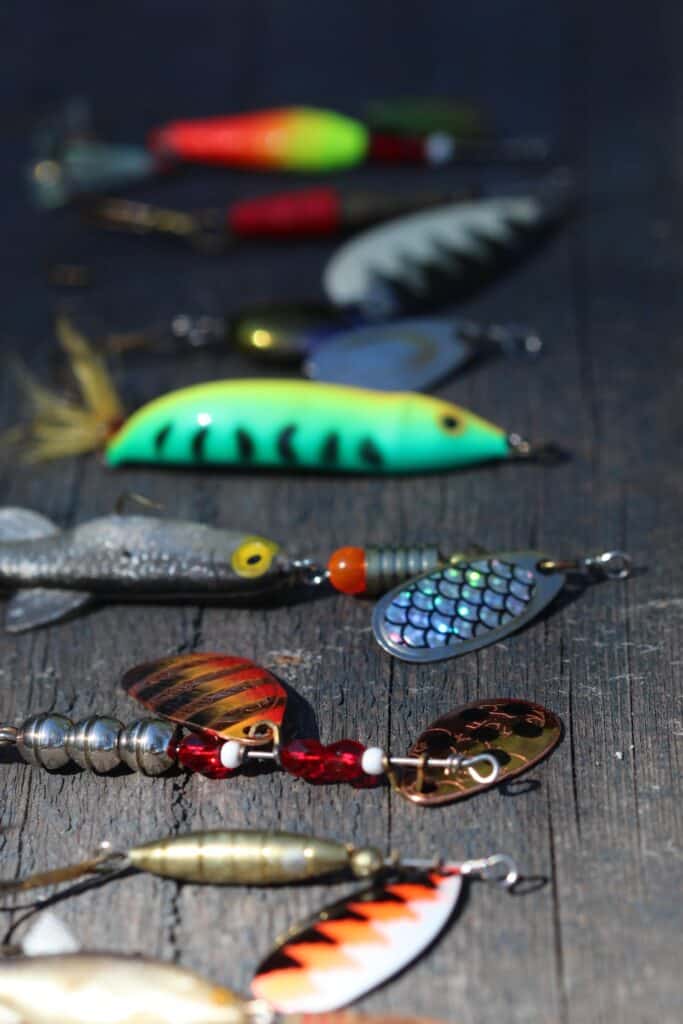
1. Spinners And Spinnerbaits
Spinners, or spinnerbaits, are a type of lure with at least one metal blade attached. These blades revolve in the water, creating vibrations and flashing patterns similar to common prey fish species.
Upon seeing these flashes and feeling the vibrations, the bigger predator fish think the lure is prey and attack. This is the moment when anglers can then reel in their catch.
Australian salmon often fish in shallower waters near beaches during the early morning to mid-morning. This makes them ideal for land-based fishing because you can reach entire schools of salmon without leaving the beach.
The salmon tend to hunt for prey fish like whitebait, pilchards, anchovies, pipis and sandworms. Since these prey species are commonly hunted by other fish, there are plenty of spinners that mimic their movement. Australian salmon are also notorious for diving in and attacking any kind of prey, so you don’t have to be very specific in your selection.
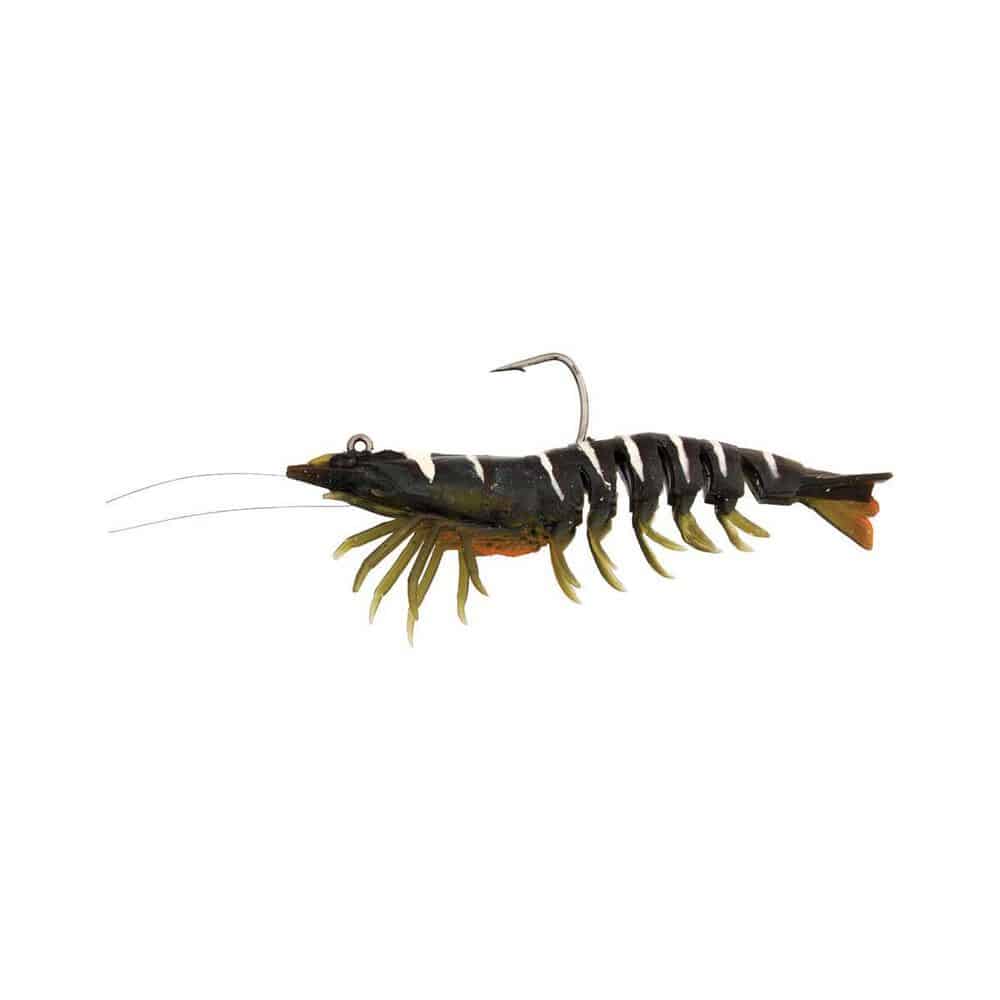
2. Soft Plastic Lures
Soft plastic lures are designed to look and feel like many different types of bait fish. They come in all sorts of colours, sizes, and shapes – from worms and grubs to frogs and fish.
Australian salmon often eat sandworms, pipis, and bait fish like white bait or anchovies. So, if you plan to use soft plastic lures, try to get something that looks similar to these baits. Worm-like soft plastics or ones that look like the fish mentioned above work best.
However, when using soft plastic lures, you must remember to dispose of them properly and secure them to your line so that they don’t end up in some fish’s stomach. These lures are not very good for the environment and can cause damage to any fish that accidentally swallows one.
To keep them secure, you can use zip ties or O-rings. These will ensure that they do not fall off your hook. You can look up more tips on safely using soft plastic lures here
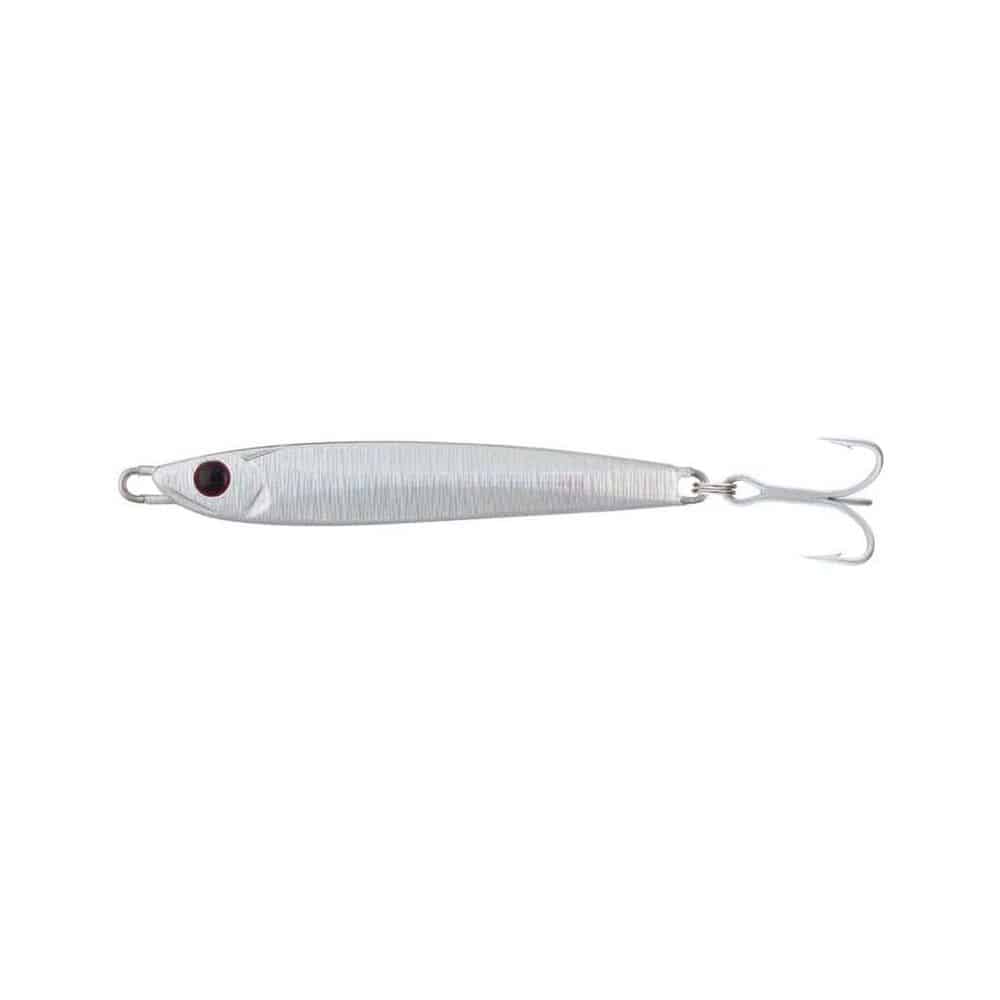
3. Silver Metal Lures
According to Fishcare Victoria
Australian salmon typically prey on whitebait, pilchards, and anchovies. All these fish have colours that range from silver-grey colour to blue. They also have shinier scales (or markings, in the case of whitebait), which mimic a metallic sheen in the sunlight.
So using metal lures in a similar silver-grey colour will work wonders to help you catch some Australian salmon!
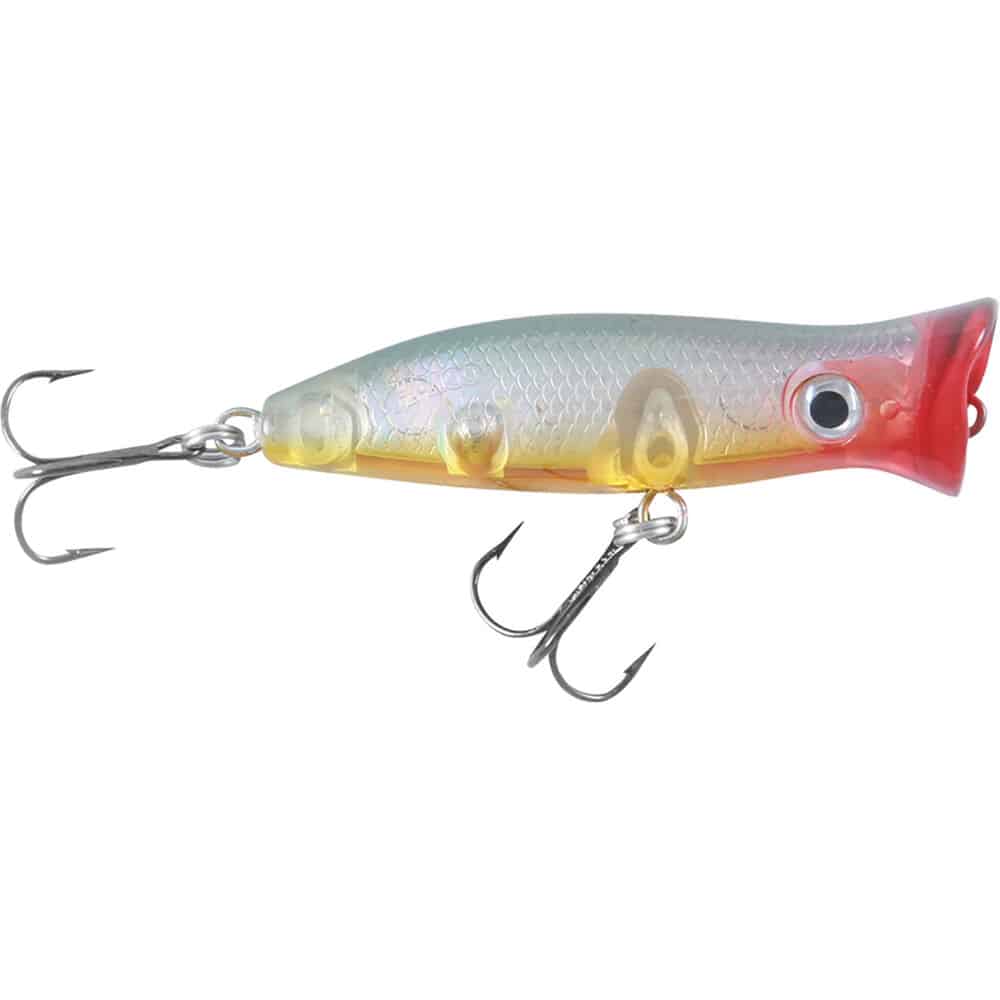
4. Poppers For Fishing
Poppers are a type of lure often used along with other lures, usually flies or spinners. Poppers displace water and produce a thrashing motion similar to a prey fish in distress. This gives the illusion of an injured fish thrashing in the water.
Since injured prey is an easy target, many predatory fish will immediately try to catch one. As a result, poppers are particularly useful in drawing fish to your location. If you’ve been out for a while and haven’t caught anything, a popper might help you finally get a catch.
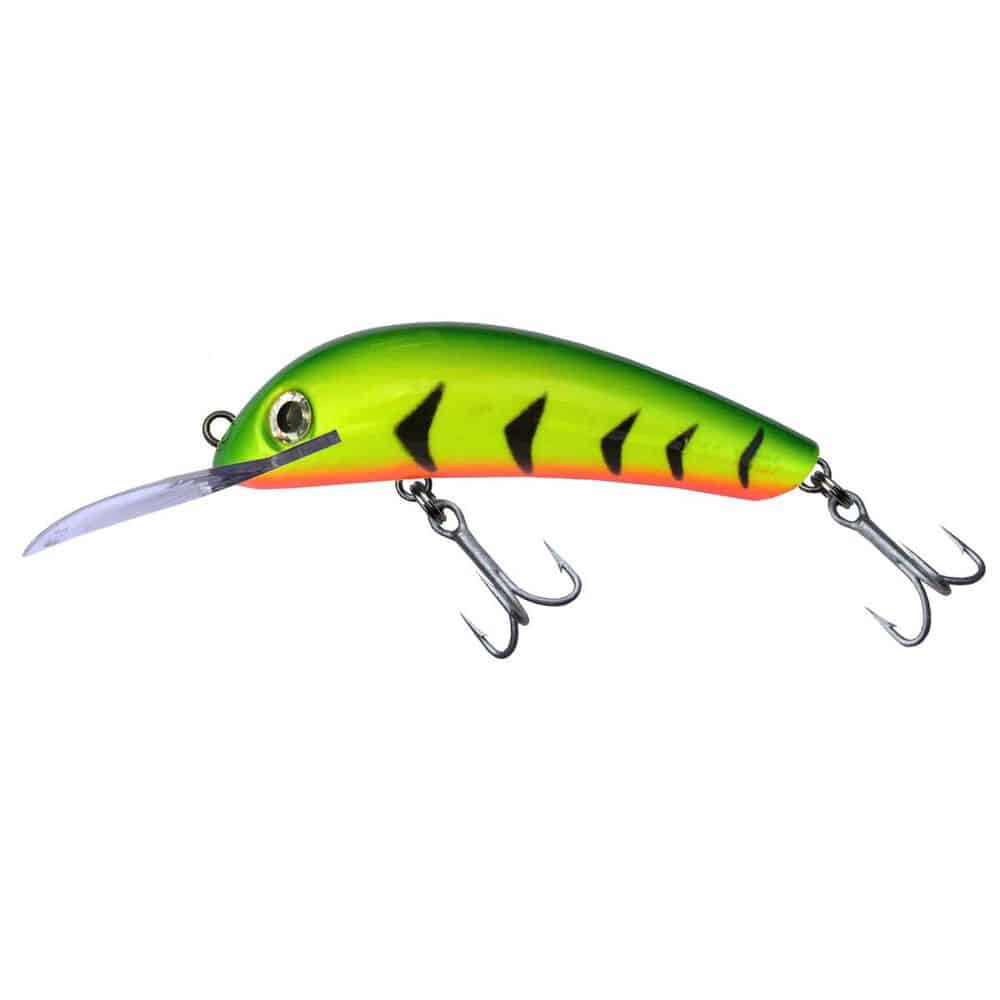
5. Hard Body Lures
Hard body lures are usually made of harder materials like tough plastic, wood, or metal. They’re usually designed to look like bait species. So the ideal hard body lures for Australian salmon would imitate their natural prey.
Hard body lures have become exceedingly popular in Australia and the rest of the world. They can mimic pretty much any type of prey fish possible, and they come in various shapes and weights that let you decide where to cast them.
For example, you could cast a lighter weight so that it floats just below the surface of the water. Or, you could use a heavier weight that rests on the seabed. Hard body lures are easy to tailor to your needs.
Try to find lures that look like white bait, pilchards, or anchovies. If those specific ones aren’t available, you can go for any lure that is silver in colour and weighs about 0.07-0.11 lbs (30-50g). Letting the lure rest close to the seabed and slowly moving it along the sand will mimic the movement of a prey fish. This movement will attract the salmon.
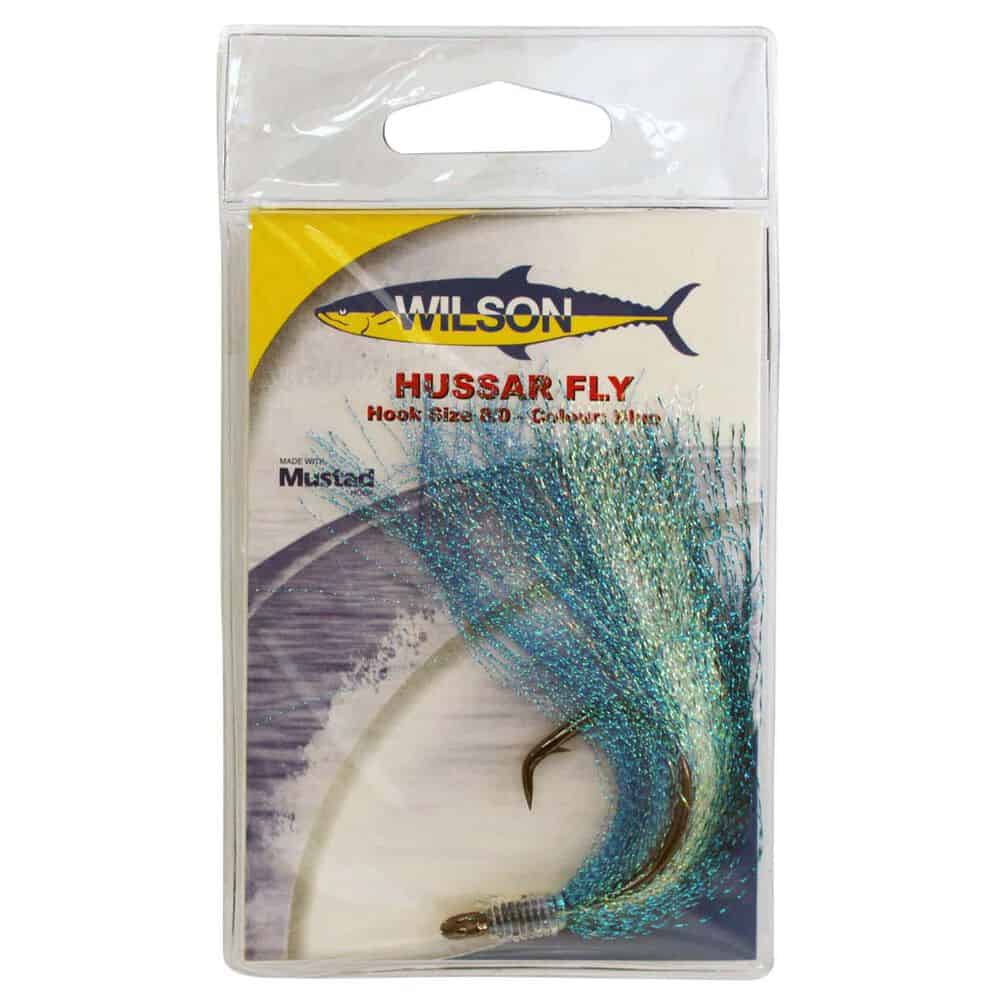
6. Fishing Flies
Flies are a type of lure that’s used mainly for surface fishing. Obviously, you wouldn’t expect to see flying insects under the surface of the water, so these lures are usually light enough to rest on the waves and bob about.
If you’re surface fishing, use brightly coloured flies to attract the salmon. Australian salmon are very visual hunters – they usually go by sight when hunting. Many schools of Australian salmon swim close to the water’s surface to herd prey fish there. When they do, it is your chance to catch one.
However, catching them isn’t always very easy. Ask any angler who has caught Australian salmon before, and he’ll tell you that they put up a fight when you start to reel them in.
Specimens that can weigh as much as 20.7 lbs (9.4 kgs), and they often pull and thrash to get free of the lure.
Resource Links To Products We Use And Recommend
More Pages On Fishing
The Underestimated Threat: Stonefish In Hervey Bay Ecosystems
Stonefish are known to inhabit various coastal regions around the world, and Hervey Bay in Australia has had a few encounters over the years with the dreaded stonefish. Hervey Bay offers a...
Loved for their delicious, oily flesh, Australian salmon are a prized catch for many anglers. And while they can be caught using various techniques, baits are often the most effective. But which...


